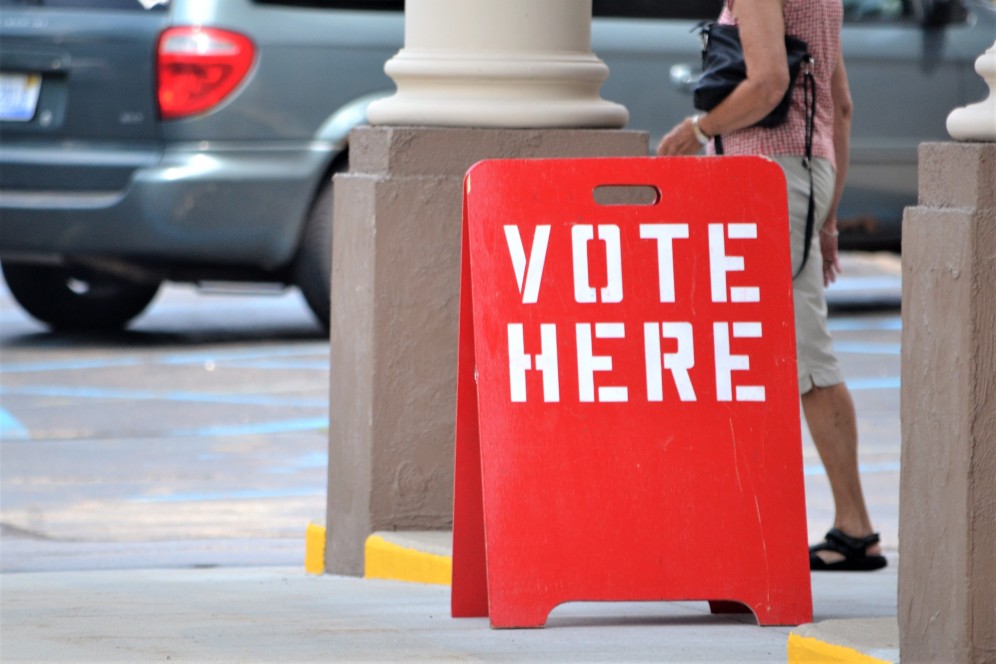In addition, we now have the federal government, with 70% of the ballyhooed spending stimulus behind us. Look at the bright side, the President recently said at a town hall meeting — at least the unemployment rate didn’t go to 15% or 16%. Let’s uncork the champagne, folks! What a way to measure success — my kid got an F but at least they didn’t throw him out school.
Congress passes the laws anyway, and in a midterm election year, as always, the opinion polls hold sway for the incumbents — and the survey says, there is no more public appetite for more fiscal largesse. We’ll see the extent to which this sentiment shifts as three million unemployed Americans roll off the jobless benefits data (since Congress refused to go beyond 99 weeks of support) just in time for the holiday shopping season — lost transfer-income of up to $100 billion heading into the most critical time of the year for the retailing community. And then there are the tax hikes slated for 2011, whether they be income, capital, dividends, or death!
After contributing about two percentage points annually to OECD growth over the past two years, fiscal policy in the industrialized world is set to subtract a percentage point in the coming year. In a world of small numbers, that’s pretty big. In the U.S., the fiscal withdrawal will be closer to 1.5 percentage points of GDP. So, if the peak inventory contribution is behind us, and all we have left is a baseline growth trend in real final sales of 1.2%, then how does the economy not contract in the coming year — when the consensus expects to see peak earnings?
MR. ROSENGREN — MAKE IT THE 5 R’s!
By that we mean Eric Rosengren, the President of the Boston Fed, who seems to have done a mind meld with us. This is what he had to say in a WSJ interview yesterday:
“Given the amount of substantial excess capacity that we have in the economy, there is some risk of further disinflation. And I would say the risk of deflation has gone up and is more of a risk than I would like to see at this point.
If you were to look at the balance of risks and what we could do about those risks, the risk from a downside shock I would view as more of a problem than the risk of an upside shock of inflation or to the economy overall.
I was probably a little more pessimistic than some to start out with and ... Incoming data has been a little bit weaker than many had anticipated. Many private sector forecasters have been downgrading their forecasts for the second half of the year.
We're getting to the point in the recovery where we wouldn't expect as much support coming from the inventory side. If inventories start to ebb it becomes really essential for some of the other components of GDP to start to pick up at this time and there is some reason to believe that we may not get as much of a pick-up as some had been anticipating earlier this year.”
Sound familiar?
You may read the complete report here. (A free, but worthwhile registration is required.)
Copyright (c) Gluskin Sheff












